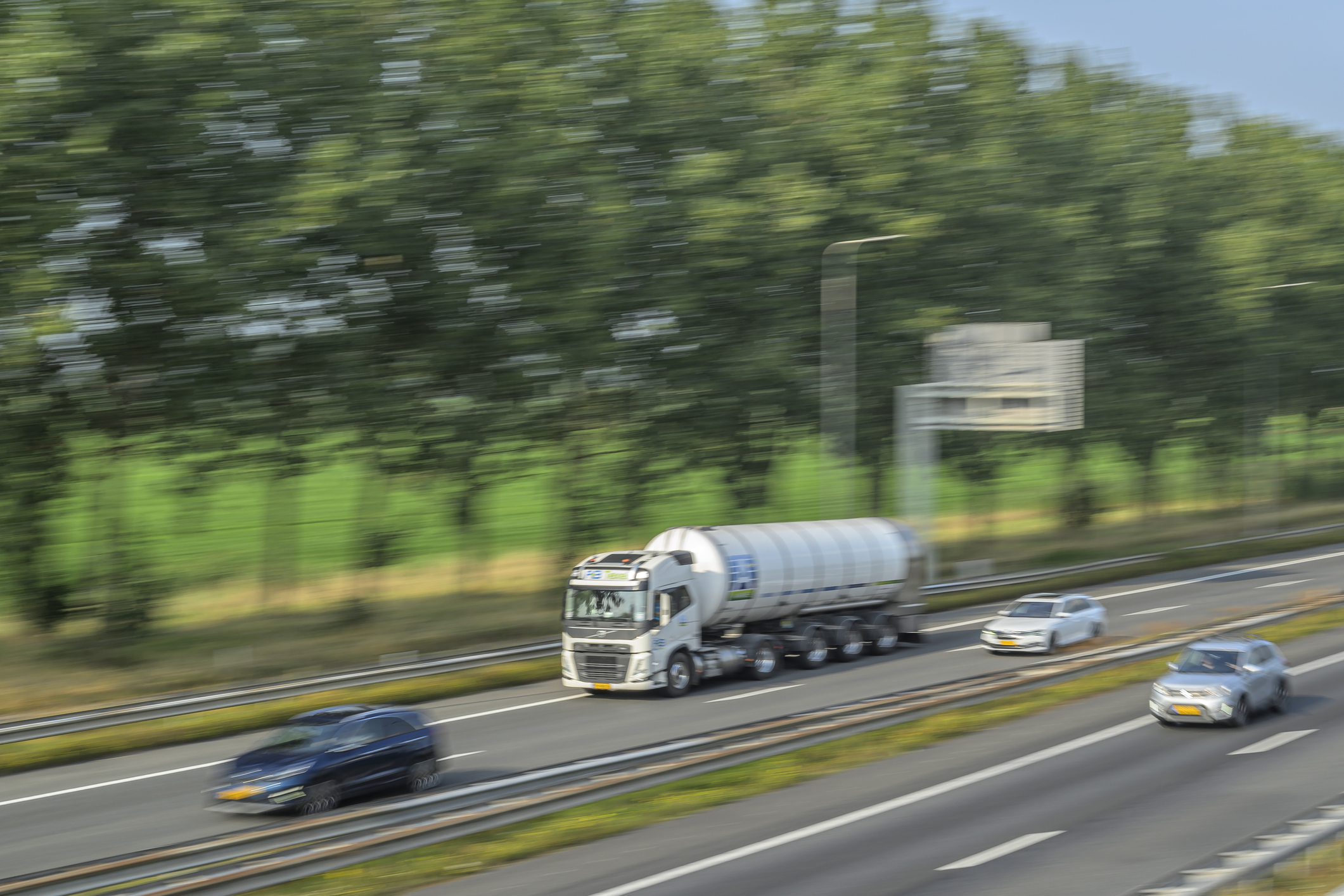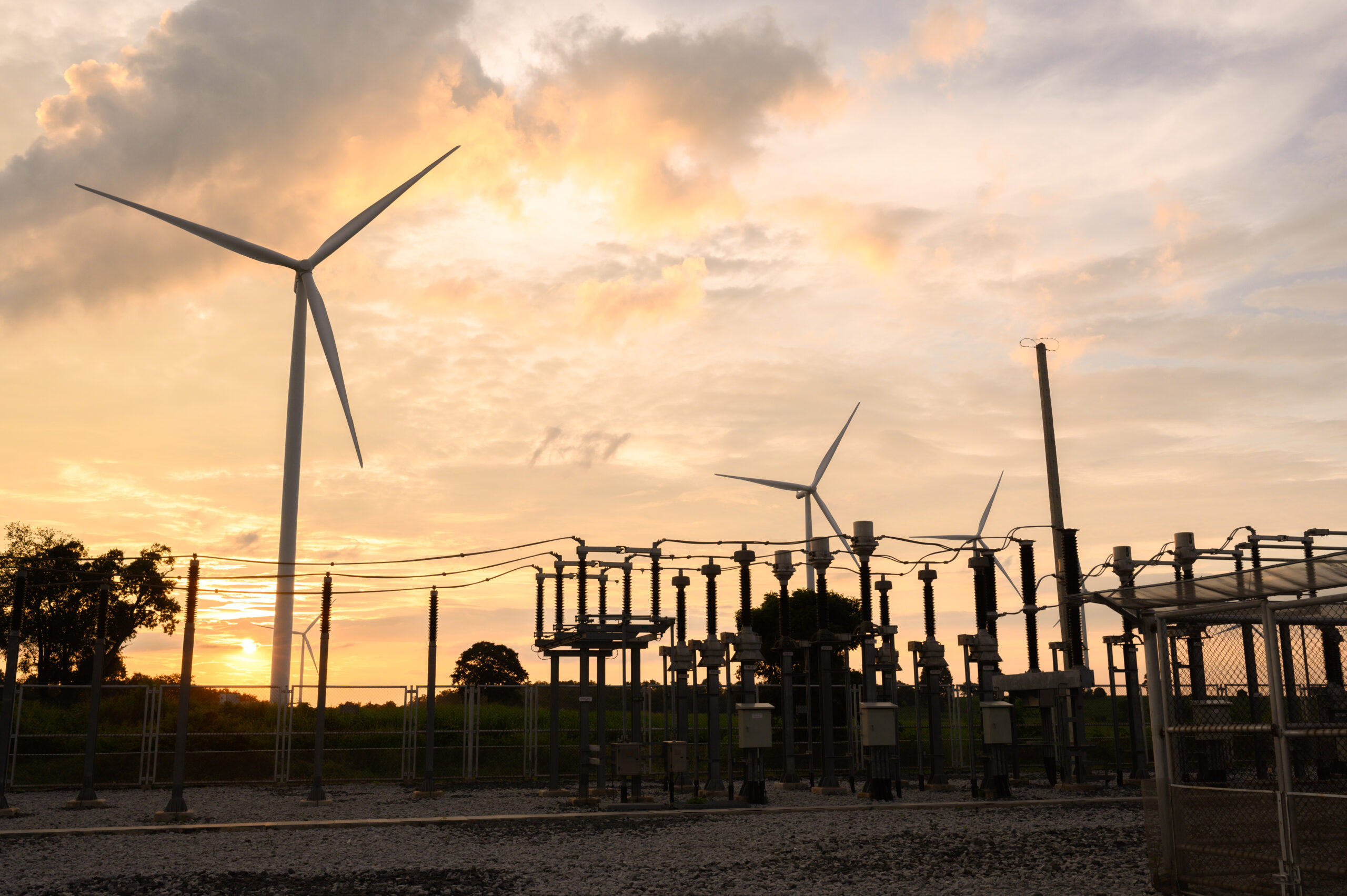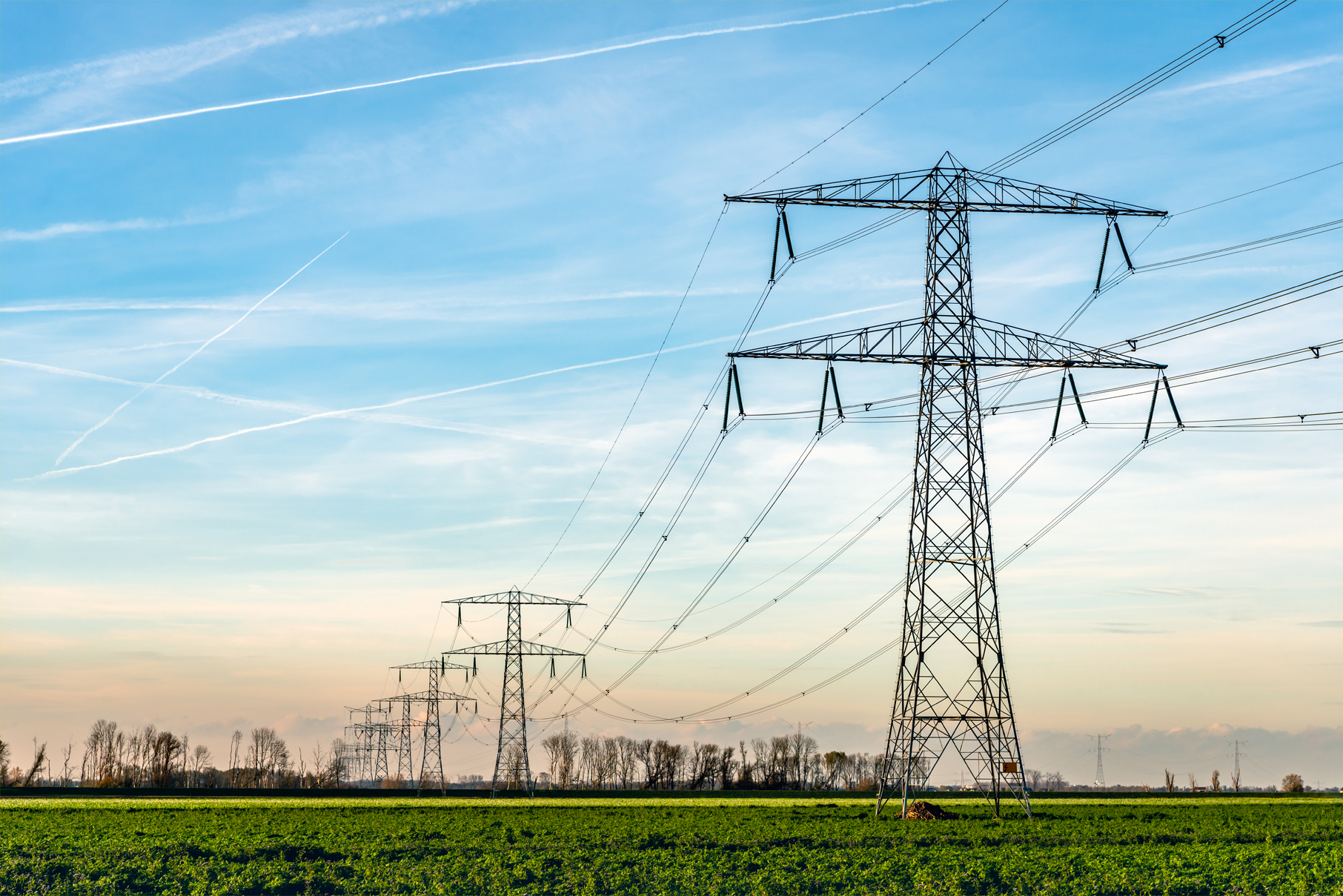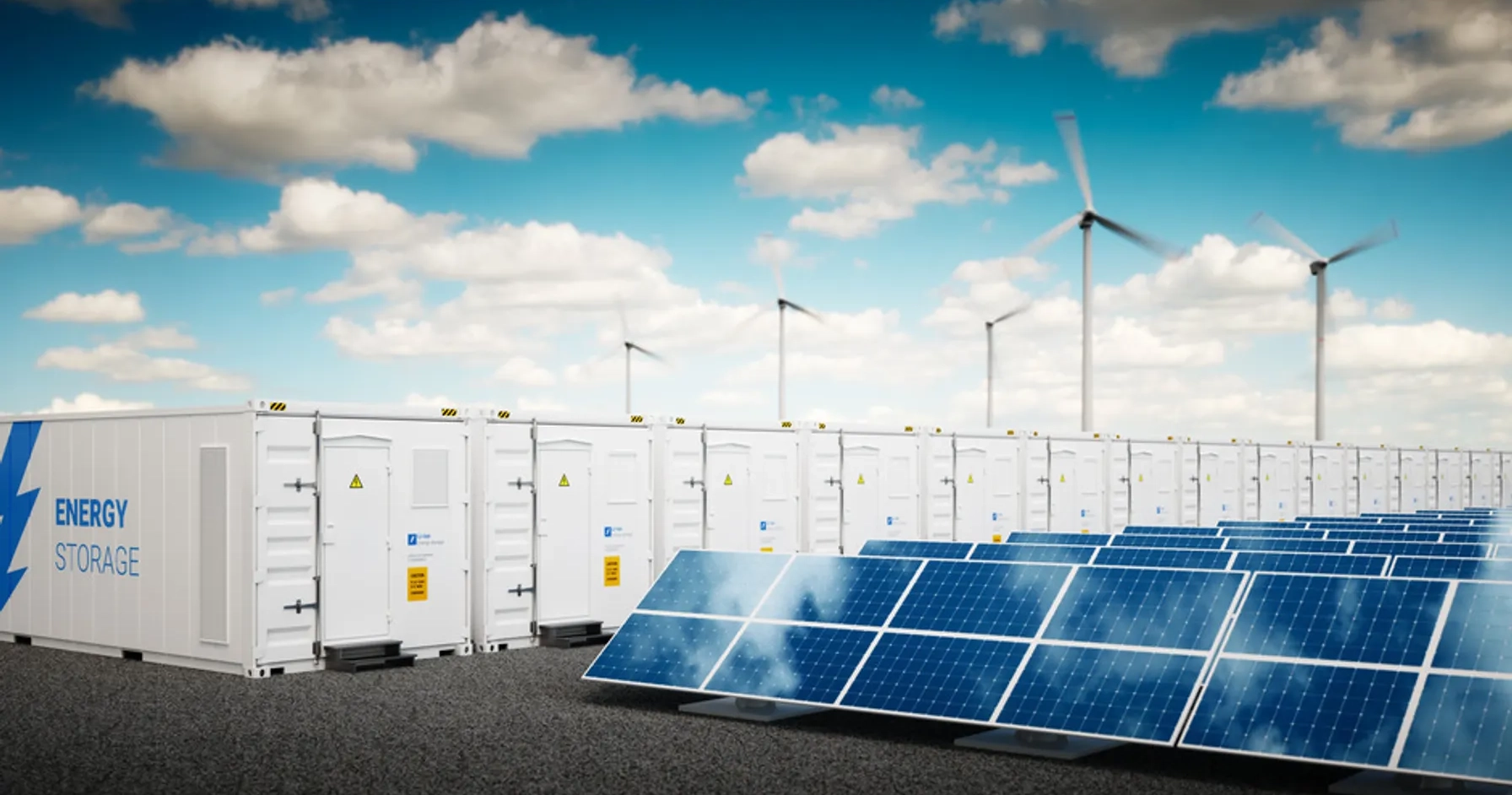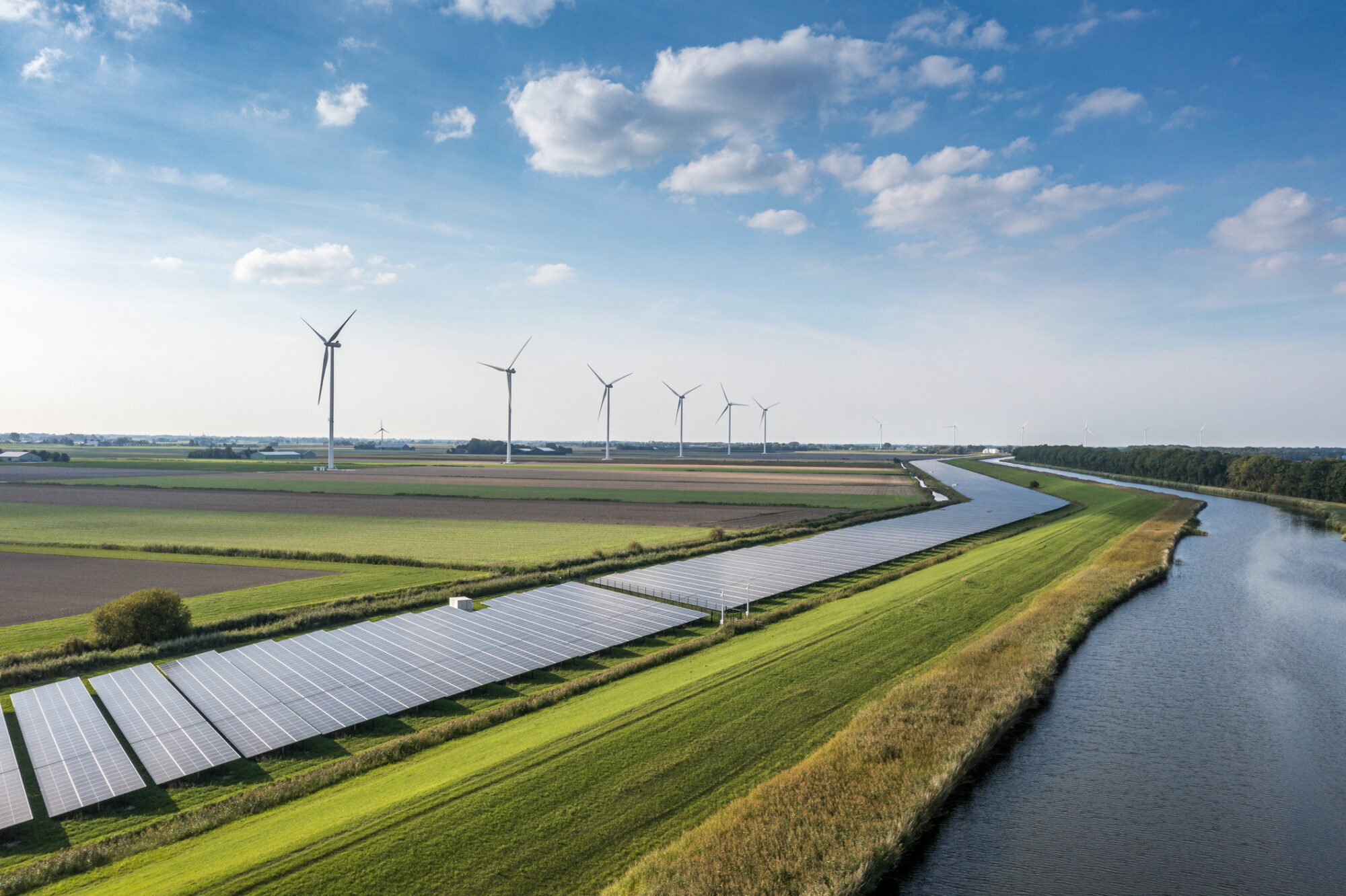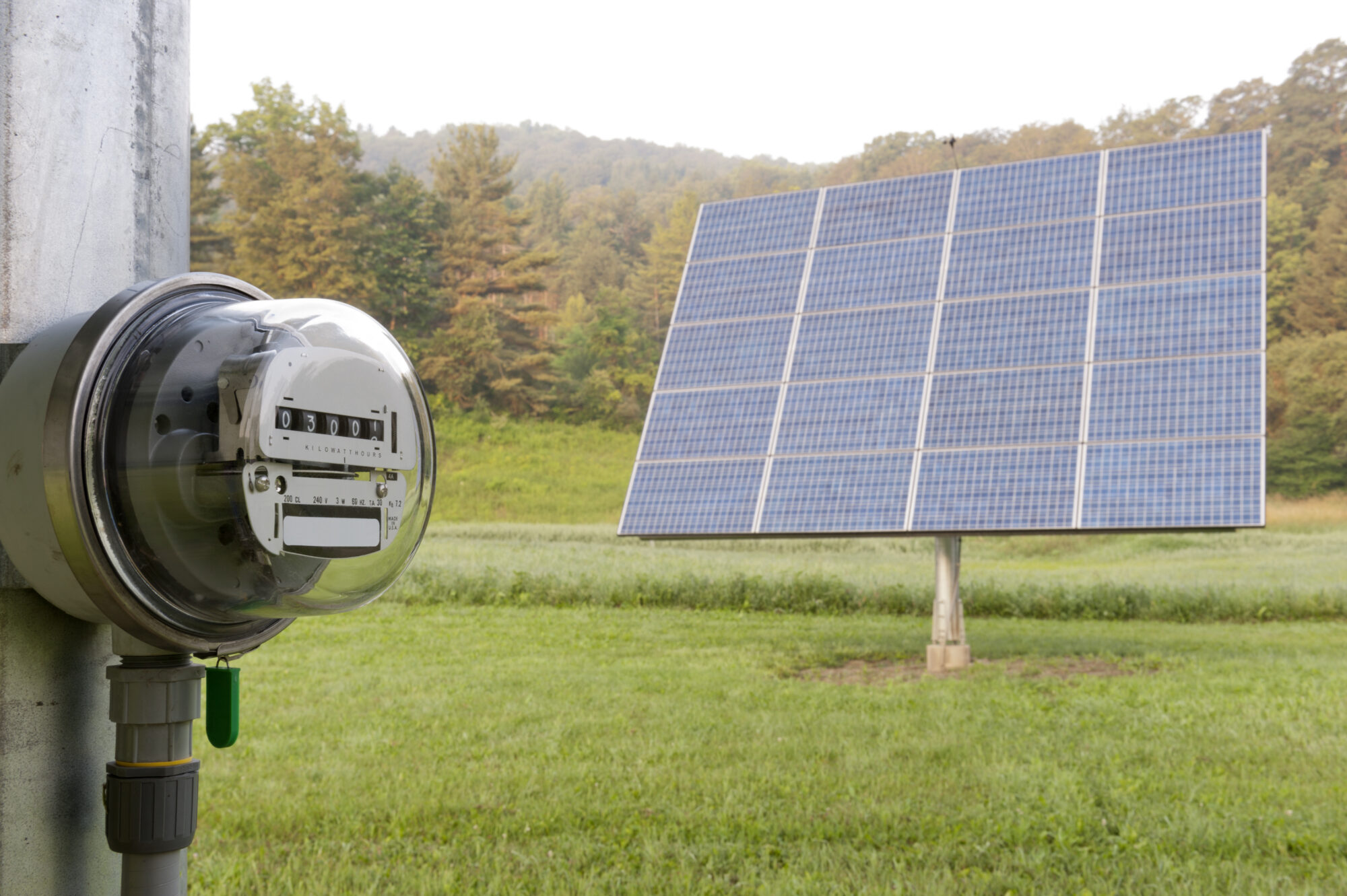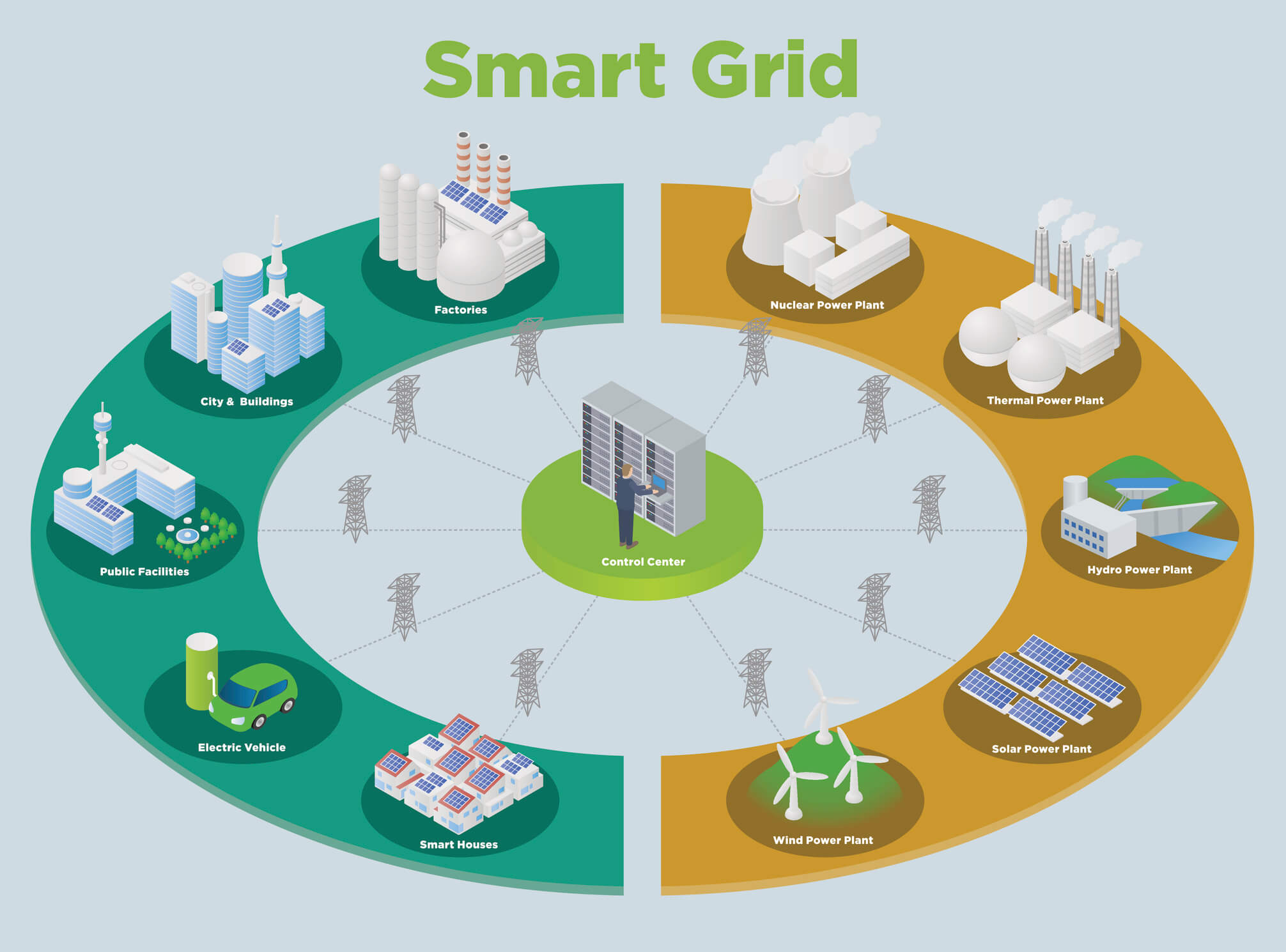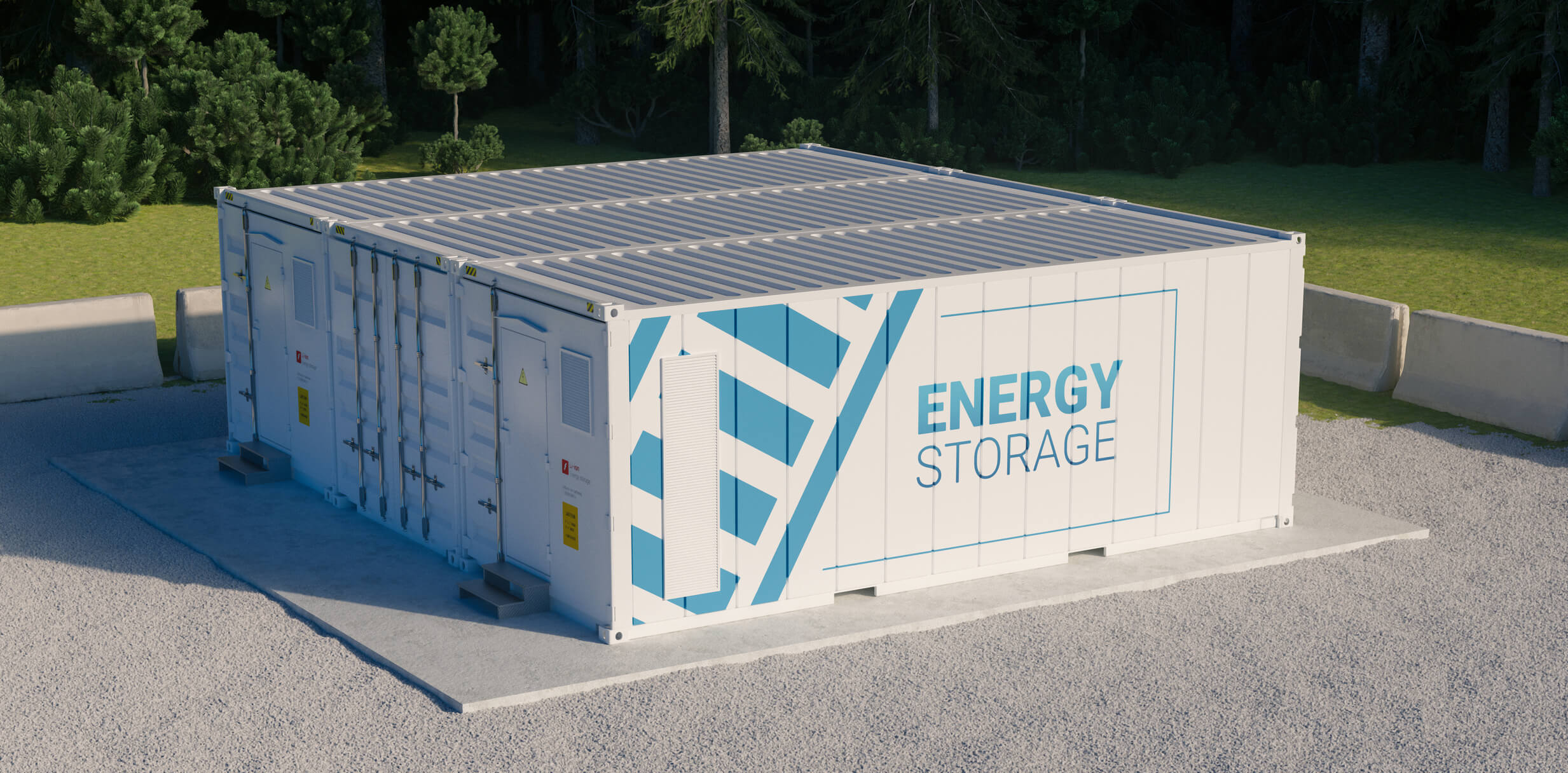May 13, 2014
Spotlight on how natural gas heavy-duty vehicles can help California meet clean air goals
California has the most stringent air quality and climate protection policies in the nation. Nonetheless, the state is not on track to meet smog reduction requirements and will have to generate greenhouse gas (GHG) emission reductions earlier than currently projected to maximize the benefit of GHG reductions on global climate change. Although California is working to harmonize its air quality and climate protection planning, policymakers face significant challenges in their efforts to devise a “pathway” that can simultaneously help the state achieve NOx and GHG reduction targets. Compared to the 2010 “Business as Usual” scenario — which includes all adopted emission control measures for the South Coast — NOx levels must be reduced by 65 percent and by 75 percent to meet the 2023 and 2032 ozone standards, respectively. An 80 percent reduction of GHG emissions is targeted for 2050, relative to 1990 levels.
Heavy-duty diesel trucks are the largest contributors to the nitrogen oxide (NOx) inventories of the South Coast and San Joaquin Valley ozone non-attainment areas. They are also major producers of toxic air contaminants and GHGs. In order to meet federal deadlines for attainment of ozone and fine particulate matter (PM2.5) standards, these regions must expeditiously phase in heavy-duty vehicles (HDVs) that emit at, or below, the equivalent of “zero-emission” battery-electric vehicles when accounting for pollution from base load electricity generation. This constitutes a NOx reduction of approximately 90 percent below the current federal heavy-duty engine standard of 0.2 grams per brake horsepower-hour (g/bhp-hr).
Heavy-duty natural gas engines are well along the path to achieve a 90 percent NOx reduction from the existing heavy-duty engine NOx standard while also becoming increasingly fuel-efficient to reduce GHG emissions. Widespread deployment of these near-zero and power plant emission-equivalent heavy-duty natural gas vehicles (NGVs) are needed to meet tough air quality and climate protection goals. To realize these benefits, supportive public policies and public-private partnerships are needed that continue to encourage the development, demonstration, and deployment of critical natural gas-fueled heavy-duty vehicle technologies.
Related Services
Download the Pathways to Near-Zero-Emission Natural Gas Heavy-Duty Vehicles White Paper
Publish Date: May 2014
Client: Southern California Gas Company
This white paper was authored by GNA, which is now TRC’s clean transportation solutions team.
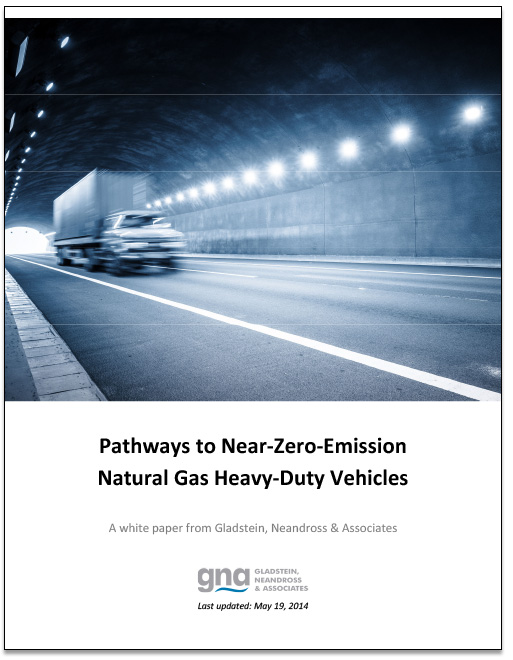
Sharing Our Perspectives
Our practitioners share their insights and perspectives on the trends and challenges shaping the market.
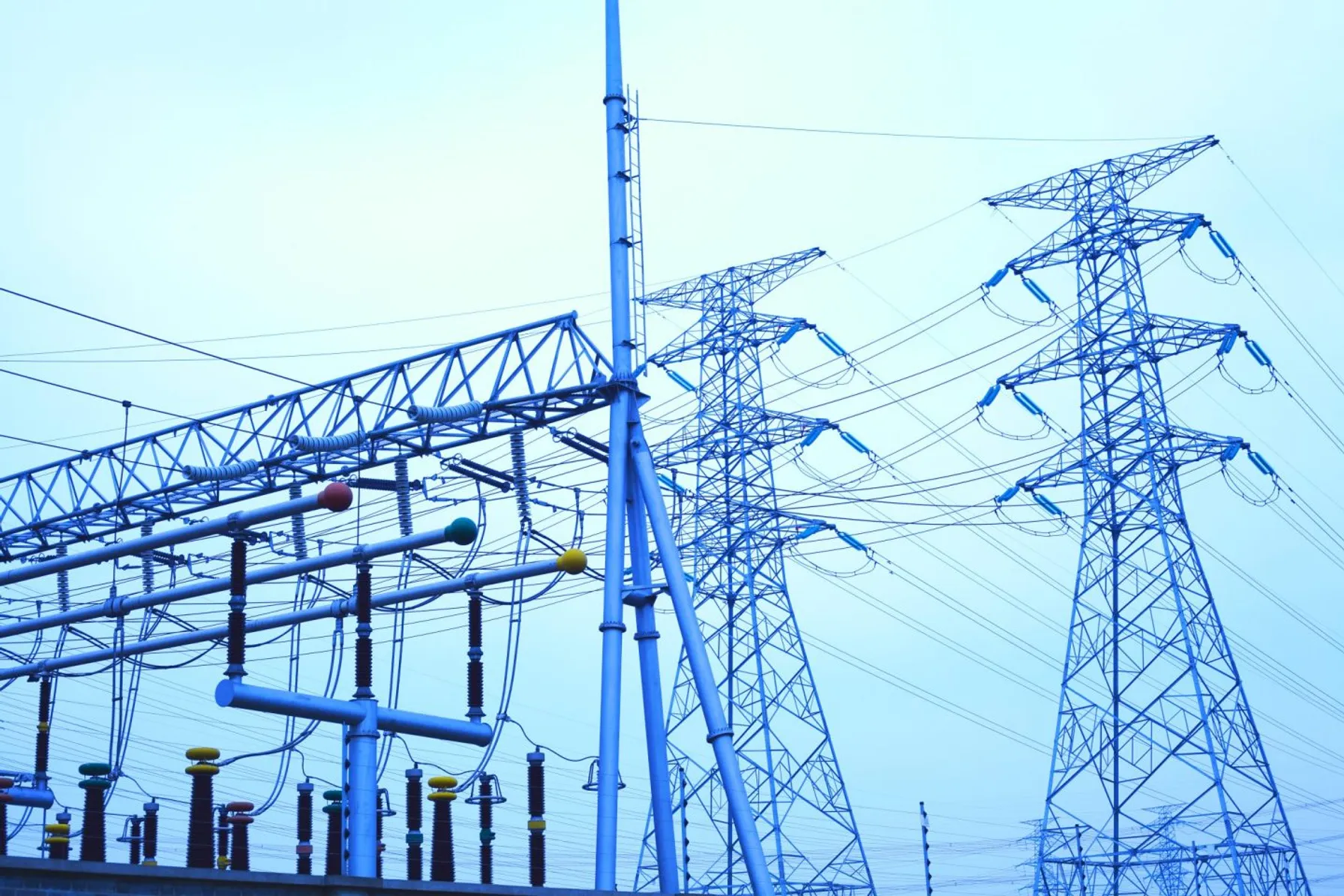
Grid Resiliency: Perspectives Across the Power Grid
April 16, 2025
In today’s changing energy landscape, grid resiliency is a top priority for all power system owners and operators. The ability to absorb disruptions and maintain power is crucial in an increasingly unpredictable world.

Take the Right Approach to Implementing DERMS
March 27, 2025
Implementing DERMS can come with challenges. By understanding the unique challenges related to DERMS and adopting the appropriate strategies to mitigate potential pitfalls, utilities can effectively integrate and coordinate DER deployment to align with regulatory commitments and broader business objectives.

How ISOs, RTOs and Utilities Can Effectively Manage Massive Data
March 20, 2025
In today’s rapidly evolving energy landscape, Independent System Operators (ISOs), Regional Transmission Organizations (RTOs) and utilities face unprecedented challenges in managing vast amounts of data.

Download Whitepaper: 10 Years of Insights for Clean Community Microgrids
March 1, 2023
Clean, community microgrids represent a promising and timely opportunity for you to advance your customer offering and deliver meaningful societal benefits, all while modernizing your grid and providing you with load flexibility.

Decarbonization: A Systems-Level Challenge and Actions to Address Climate Change
December 7, 2021
Carbon elimination of the magnitude needed to address climate change requires systems-level change that can only be reached by incremental, ground-up progress, building upon what we have achieved thus far.
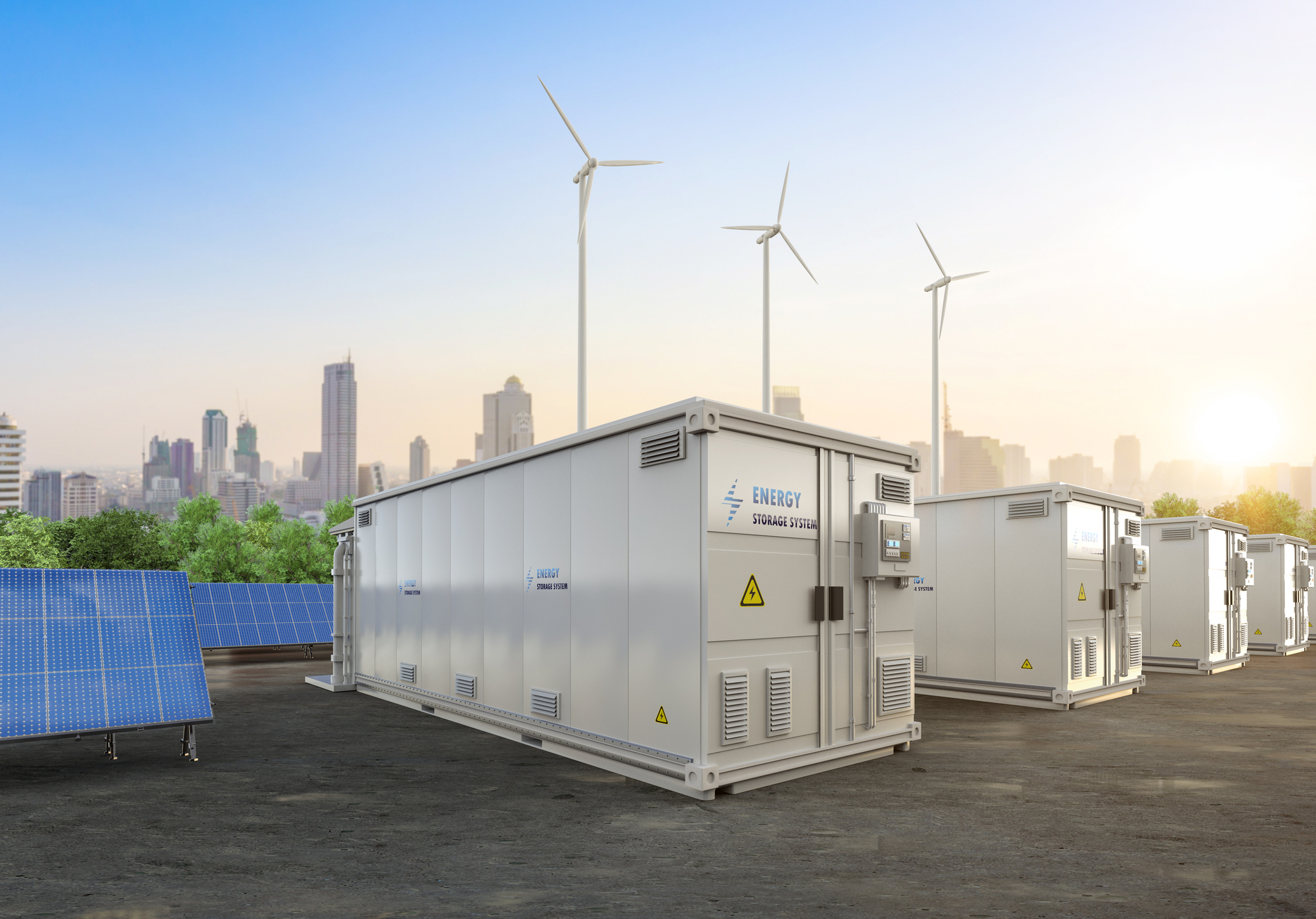
How Do Energy Storage Systems Work?
October 18, 2021
For more than five decades, TRC has brought efficient, resilient energy systems to the world. We understand the challenges of implementing energy storage projects.
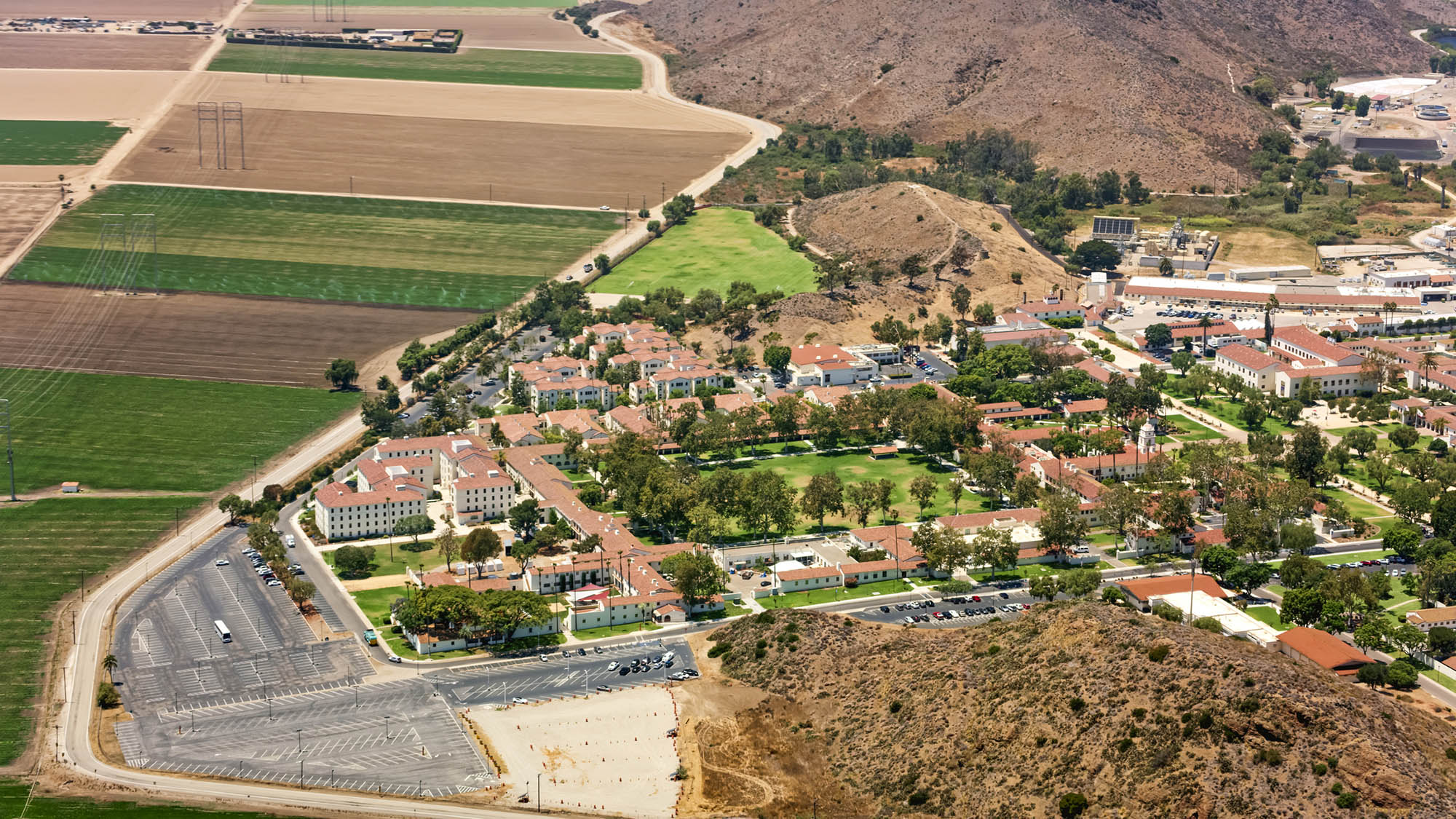
City of Camarillo, California approves moving forward with Hybrid Solar Microgrids at five critical community facilities
November 6, 2020
On October 28, the Camarillo City Council unanimously approved moving forward with the design of Hybrid Microgrids at five City facilities: City Hall, the Corporation Yard, Camarillo Public Library, Police Station, and Wastewater Treatment Plant. The microgrid at the Camarillo Public Library will be designed with solar+storage only, while the other four sites will employ a hybrid design of solar+storage+diesel.

TRC Digital partners with Dominion Energy to evolve its distributed energy resource strategy
September 22, 2020
Dominion Energy, one of the nation’s largest producers and transporters of energy, has partnered with TRC Digital to evaluate, implement and integrate technology to further the utility’s distributed energy goals. TRC Digital will facilitate Dominion Energy’s strategy development and technology execution, allowing Dominion Energy and its customers to accelerate the shift to distributed energy resources (DER) and net carbon reduction.

TRC Digital and Enbala can help utilities monitor, control and optimize distributed energy resources
April 17, 2020
Distributed energy resources (DERs) are changing the way utilities think about power generation and energy flow. TRC and Enbala can offer utilities a multi-layered solution that highlights the strengths of each company.
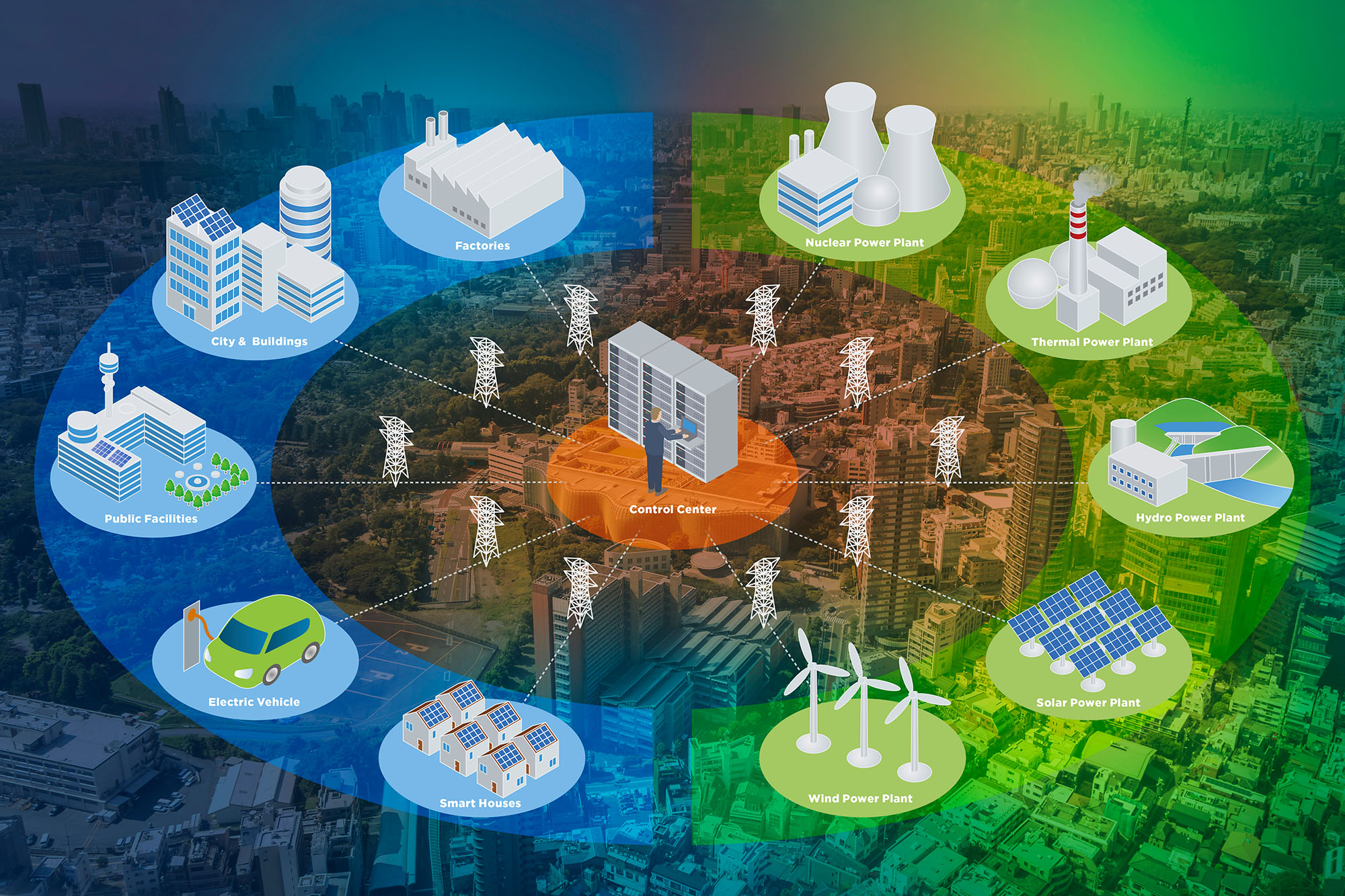
TRC and partners win $1 million grant for engineering innovative New York microgrid
April 20, 2017
TRC is proud to support Huntington, NY bolster power reliability and climate-change resiliency with a sophisticated new “community microgrid’’ combining solar energy, a fuel cell, biogas and traditional natural gas to deliver electricity and heat to local customers and institutions.
Start the Conversation
Let’s connect to discuss how TRC can help you drive a more sustainable future.


